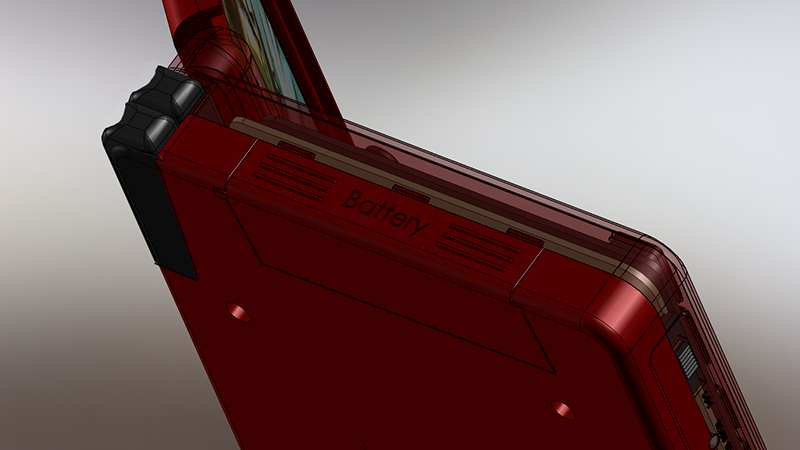WizardStan
Mega GP Mania
- Joined
- May 24, 2008
- Messages
- 16,733
Yes, but regardless of how easy it is it's still an extra step required, therefore a feature loss.Not exactly cheap either, I have one of those converters explicitly for connecting my BluRay to my aging surround sound system and it cost $20.You can convert the digital audio from HDMI to line level quite easily
Last edited by a moderator:


